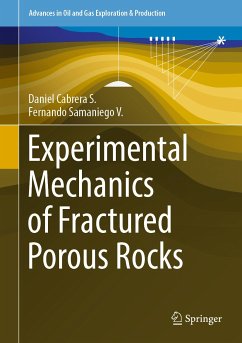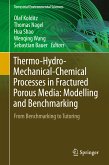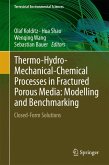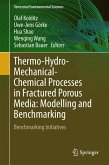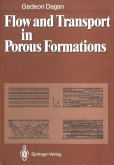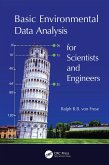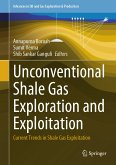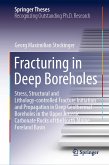The book offers novel petrophysical methods for obtaining and characterizing physical properties of sandstone and fractured carbonate rocks. The proposed experimental petrophysical test for the determination of permeability tensor ellipses in fractured rocks at a laboratory scale is a methodology of easy application and does not require complicated equipment. Such a test can be extended with 3D digital petrophysics. The estimation of principal permeability directions is useful in the realization of immiscible or miscible displacements in the rock.
This book is of interest for professionals and researchers in the field of petrophysics and oil and gas exploration.
Dieser Download kann aus rechtlichen Gründen nur mit Rechnungsadresse in A, B, BG, CY, CZ, D, DK, EW, E, FIN, F, GR, HR, H, IRL, I, LT, L, LR, M, NL, PL, P, R, S, SLO, SK ausgeliefert werden.

